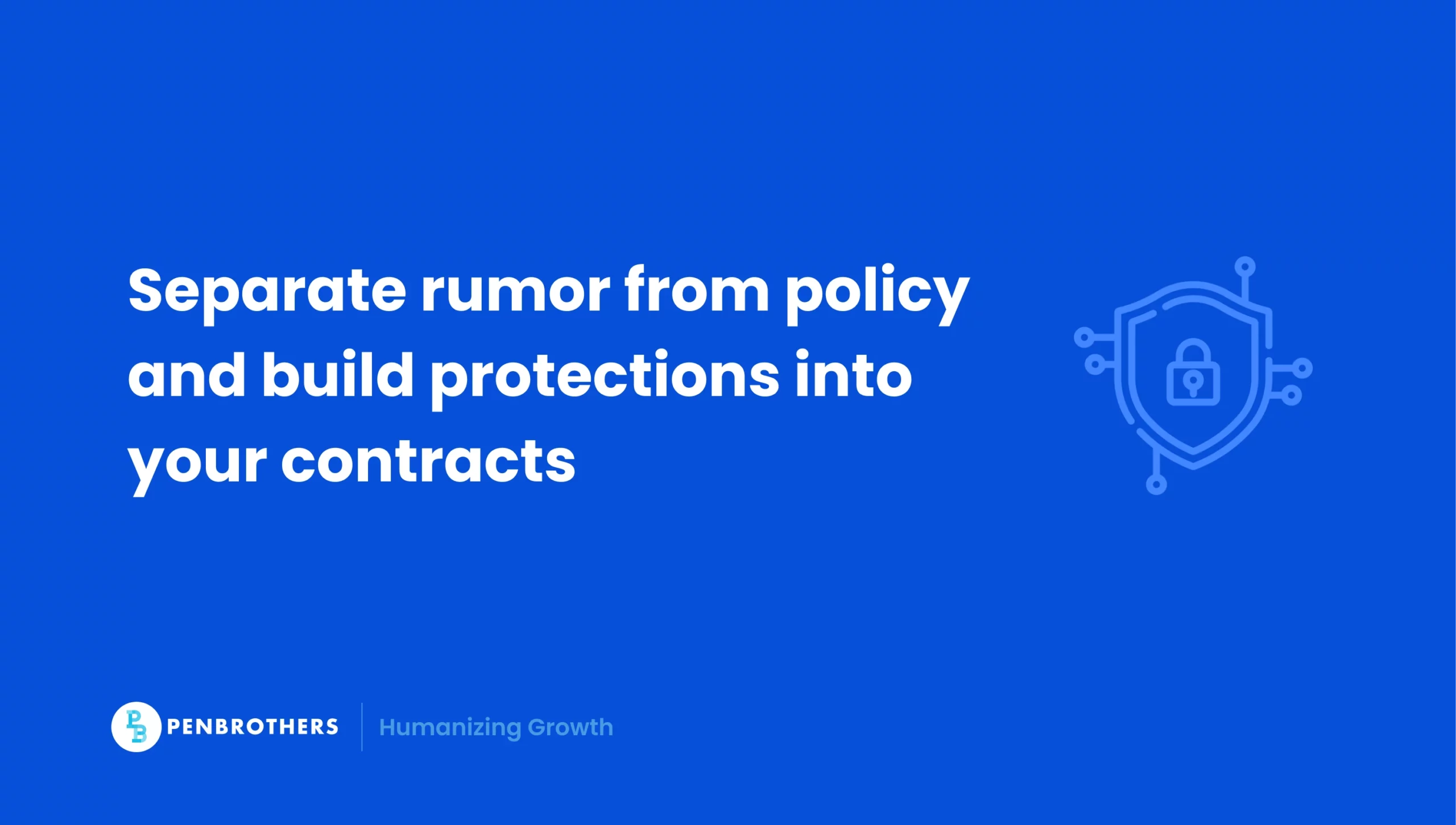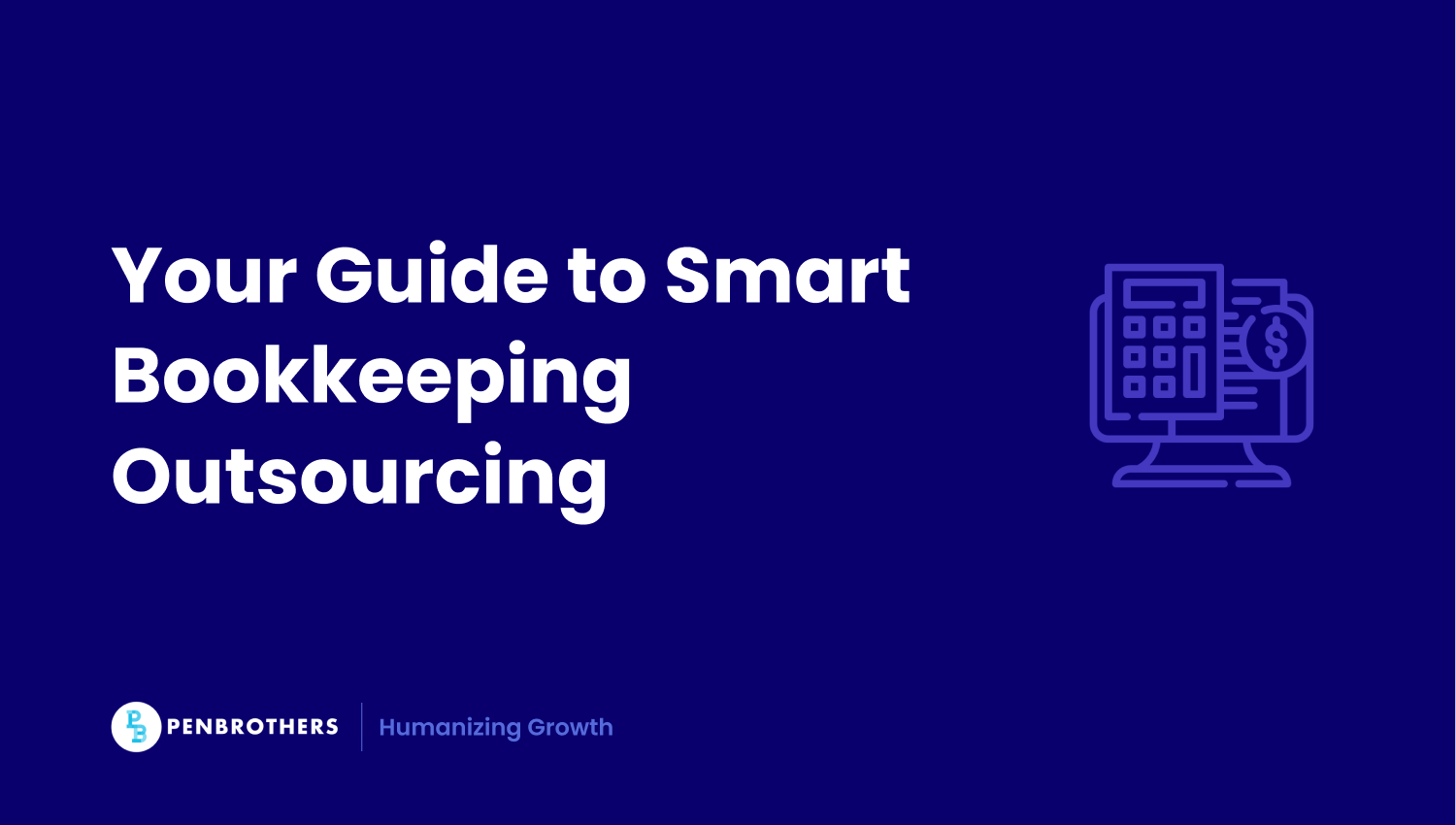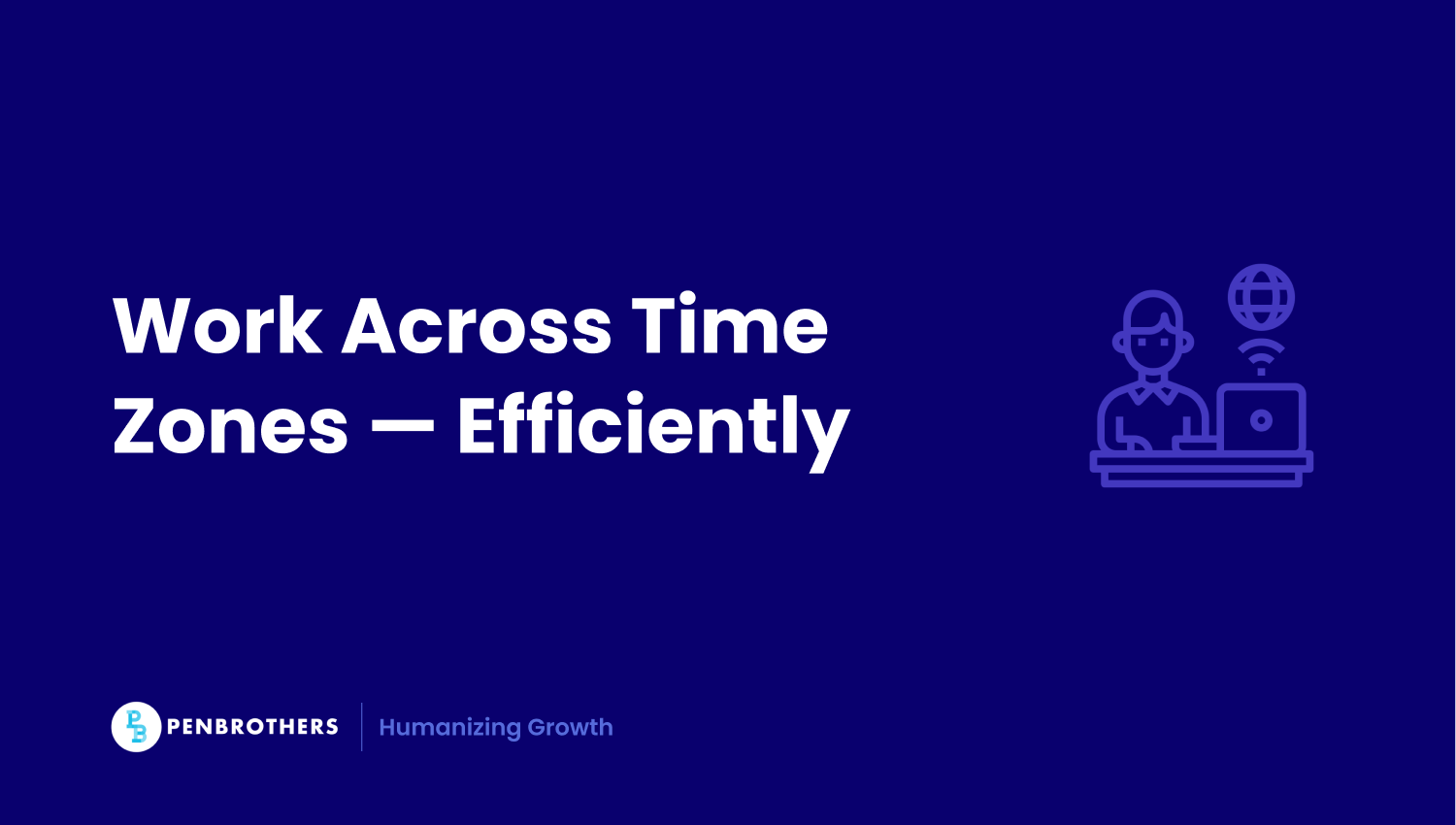What's Inside?
Outsourcing to India and the HIRE Act: What U.S. Companies Should Do Now

The boardroom is quiet except for the click of a slide remote. Your CIO has India delivery humming across apps, QA, and support. Your CFO asks the only question that matters right now: Can we protect cost and continuity if U.S. policy shifts?
If you’re outsourcing to India, this page gives you a clear answer. I’ll separate rumor from policy, then hand you contract language, pricing levers, and diversification moves you can put to work this quarter.
Key Takeaways
- Separate Official Policy from Unconfirmed Rumors: It is critical for executives to distinguish between actual legislative proposals and speculation. The HIRE Act is a real bill introduced in the U.S. Senate, but reports of a specific ban on outsourcing to India or broad service tariffs are currently unconfirmed rumors.
- The HIRE Act Would Fundamentally Change Outsourcing Economics: If enacted as written, the proposed HIRE Act would impose a 25% excise tax on outsourcing payments to foreign providers and remove their tax deductibility. This would increase the effective cost of outsourcing by over 50% for all offshore destinations, not just India.
- Harden Your Contracts to Mitigate Policy and Tax Risks: The most immediate and critical action for U.S. companies is to review and strengthen their vendor contracts. Agreements must include a clear “Change-in-Law” clause that specifies how new taxes are handled, along with strict controls over subcontracting and the physical location where work is performed.
- Resilience Through Diversification is the Best Long-Term Strategy: To protect operations from policy shifts and other risks, the most resilient strategy is geographic and model diversification. This involves blending delivery locations to leverage regional strengths (e.g., using India for IT, the Philippines for customer experience, and Mexico for nearshoring) and using a mix of vendors and captive centers.
Outsourcing to India: Why U.S. Buyers Still Choose It
What Outsourcing to India Solves Today
India remains the deepest global pool for engineering, BPO, and shared services at scale. Here’s why buyers still choose it:
Cost bands that unlock program-level ROI. Mature delivery in software engineering, data, finance ops, and customer experience means you’re not paying pioneer rates. You’re getting proven execution.
Breadth of roles and seniority to scale teams fast. Need a junior dev? They have thousands. Senior architect? Also covered. The talent pipeline flows at every level.
Process maturity that works. Decades of global delivery and vendor ecosystems mean these aren’t experiments. They’re operating systems.
Where India Fits vs Nearshore and Onshore Models
The smart play isn’t choosing India over everything else. It’s knowing when to use what.
Use India alone when 24×7 coverage, scale, and cost drive your decisions, and your workflows can handle limited time-zone overlap.
Blend models when you need stronger overlap or regulatory proximity. Here’s a model that works: India as primary, plus the Philippines for customer experience, and Poland or Mexico for time-zone coverage and specialized skills.
The Policy Picture: What is Official vs Proposed vs Rumored
Let’s cut through the noise.
| Item | Jurisdiction | Status (as of Sept 11, 2025) | What it would change | What to monitor |
| HIRE Act (Halting International Relocation of Employment Act) | U.S. federal | Proposed bill introduced in the Senate, not law | Would impose a 25% excise tax on certain outsourcing service payments to foreign providers and disallow the corporate deduction for those costs | Committee referrals, text revisions, CBO score, House companion bill, IRS implementation guidance |
| Federal service tariffs on India IT services | U.S. federal | Rumor only, no active law or regulation | A broad tariff on imported services would raise landed cost and could disrupt vendor economics | USTR announcements, Federal Register notices, congressional proposals |
| DPDPA (Digital Personal Data Protection Act, 2023) rules | India | Act passed, detailed rules in stages; cross‑border transfers allowed unless restricted by notification | Consent, purpose limits, breach notice, and obligations for data fiduciaries processing personal data of Indian residents | MeitY notifications, formation of the Data Protection Board, any restricted-country list |
| GST on export of services | India | In force; exports of services are zero‑rated under the IGST Act, subject to conditions | Impacts how vendors invoice U.S. clients and claim refunds; supports current India pricing | CBIC circulars, any GST rate changes |
The HIRE Act Proposals in Plain English
Here’s what this actually means for you:
Core idea: tax or disallow certain payments to offshore providers for services that replace U.S. jobs.
Mechanics under discussion: a 25% excise tax on covered outsourcing payments and disallowance of deductions for those expenses. Effective date would follow enactment, with details defined by Treasury and IRS.
Who would be affected: U.S. buyers paying non‑U.S. vendors, and potentially captives with cross‑border intercompany charges, depending on final definitions.
Timeline unknowns: committee path, amendments, House companion, and whether the final package lands in a budget bill or a standalone.
What is Not Law Today
Let’s be clear about what’s real and what’s speculation:
There is no federal ban on outsourcing to India.
There is no enacted U.S. tariff that broadly applies to imported technology or BPO services.
If anything changes, it will show up in bill trackers, the Federal Register, and IRS guidance, not just social media chatter.
Primary trackers:
- Congress bill search
- Senate Finance Committee schedule
- Federal Register
- IRS Newsroom
- MeitY DPDPA page
Related reading:
- The U.S. Government Shutdown Is a Wake-Up Call for Offshore Resilience
- The H-1B Visa $100K Fee: Policy Details and Industry Reactions
- Trump on IT outsourcing, what actually matters for buyers
- Fed Rate Cuts and Outsourcing in 2025: Executive Guide
- Outsourcing Tax: What Is Official, What Is Proposed, What Is Noise
What This Means for the Broader Outsourcing Industry
Let’s be honest about something: if the HIRE Act passes, it won’t just hit India.
The proposed legislation targets payments to “foreign entities” for services that could theoretically be performed by U.S. workers. That’s broad language. It covers the Philippines, Poland, Mexico, Vietnam—anywhere you’re moving work offshore.
The ripple effects would reshape the entire industry:
Immediate cost pressure. A 25% tax plus lost deductibility changes the math for every offshore destination.
Strategic rebalancing. Companies would accelerate moves toward nearshoring (Mexico, Canada) or onshoring. The premium for geographic proximity gets smaller when offshore work becomes artificially expensive.
Vendor consolidation. Smaller offshore providers—especially those serving U.S. clients exclusively—would face immediate existential pressure. Larger vendors with diversified client bases and delivery locations could weather the storm better.
From our perspective, this is why we’ve always emphasized value beyond cost arbitrage. The Hypercare Framework, cultural fit, and proven execution models become more important when pure cost savings erode. Companies that picked offshore partners solely on price will reassess. Those who chose partners for capability, reliability, and strategic value will adapt.
The smart play right now? Don’t wait for policy clarity to diversify your approach. Whether you’re using India, the Philippines, or anywhere else offshore, build resilience into your model. That means hybrid delivery, strong vendor relationships that justify their cost premium, and contracts that can absorb policy shocks.
We’re watching this closely and helping clients prepare for multiple scenarios. Because the only certainty is that global sourcing strategies need to be more sophisticated than they were five years ago.
Outsourcing to India Cost Exposure: How to Model It
Base Case vs Policy‑Shock Case
Use a simple sensitivity grid to see the impact on your landed cost per FTE if an excise tax or disallowance were enacted. Numbers below are illustrative.
| Input | Base case | Policy‑shock case |
| Vendor blended rate (India) | $2,650 / FTE‑month | $2,650 / FTE‑month |
| FX assumption (USD/INR) | 82.0 | 82.0 |
| Excise tax on covered payments | 0% | 25% |
| Disallowance impact (effective tax rate 21%) | n/a | 21% on disallowed amount |
| Landed cost per FTE‑month | $2,650 | $2,650 × 1.25 + tax effect |
Tip: Model both gross‑up and no gross‑up scenarios in your SOW. If a change‑in‑law clause allows a fee adjustment, simulate collars at ±10% and a renegotiation window of 30 days.
Hidden Costs and How to Contain Them
The thing is, even without policy changes, there are costs most buyers miss in their initial calculations.
Manage what you can control now:
Ramp time: time‑box onboarding and require shadow‑run plans.
Management overhead: define span of control and vendor‑to‑client ratios in the SOW.
Attrition buffers: set quarterly floor/ceiling bands and backfill SLAs.
QA debt: target defect escape‑rate and automation coverage thresholds.
Security controls: insist on SOC 2 Type II or ISO 27001, with clear breach notice SLAs.
2×2 cost‑impact matrix:
- High impact, high control: scope clarity, automation pipeline, QA thresholds.
- High impact, lower control: policy changes, FX spikes. Use collars and reopeners.
- Lower impact, high control: meeting cadence, knowledge base standards.
- Lower impact, lower control: industry wage drift. Use indexation bands.
Contracts That Protect You If Policy Shifts
Change‑in‑Law Clause
Spell out the trigger, the renegotiation window (30 days works), termination rights for affected SOWs, and a documented fee‑adjustment mechanism.
Tax and Tariff Gross‑up Language
Be explicit about who absorbs what. Provide pricing both tax‑exclusive and tax‑inclusive. Add caps and collars so neither side absorbs unlimited volatility.
Subcontracting and Location‑of‑Work Controls
Require advance notice and approval for any new subcontractor or delivery location. Preserve options for restricted territories and data‑residency configurations if your risk profile demands it.
Exit, Transition, and Escrow Paths
Pre‑negotiate the step‑down plan, knowledge transfer, and artifact handover. Use software and infrastructure‑as‑code escrow so you can step in if service is disrupted by law, insolvency, or breach.
Security and Privacy Schedule
Attach your security baseline: SOC 2 Type II or ISO/IEC 27001, plus breach notice SLAs and mappings to DPDPA and, where applicable, GDPR or U.S. sector rules.
Compliance When Outsourcing to India: How U.S. Firms Stay Safe
DPDPA in Practice for U.S. Buyers
Here’s what actually matters for your operations:
Consent and purpose: process personal data of Indian residents only with valid consent or legitimate use, and keep processing tied to a specified purpose.
Cross‑border transfers: allowed unless India notifies a restricted country list. Watch MeitY notifications.
Breach notice: vendors must notify the Data Protection Board of India and affected individuals, in the manner prescribed.
Vendor obligations: publish a contact point, enable grievance redressal, and erase data when the purpose ends, subject to legal retention.
Sector Add‑ons to Mirror
Even if you’re not a bank, use RBI‑grade outsourcing controls as a benchmark: concentration‑risk checks, audit rights, clear BCP/DR, third‑party register, and location reporting.
Data Flows and Tooling
Minimize data and mask PII where possible.
Use secure, logged environments for offshore access.
Keep evidence for audits: access logs, change history, and DPA mappings.
Delivery Resilience: Design It Before You Need It
Diversify by Location
India primary for engineering and shared services.
Philippines for customer experience, back‑office voice, and strong English comms.
Poland or Mexico for EU or U.S. overlap and specialized skills.
Diversify by Model
Pair your vendor with a small captive GCC for anchor roles.
Dual‑vendor setup with 15–30% swing capacity.
Time‑boxed pilots for new sites or partners before full rollouts.
Outsourcing to India is still a high‑return play, and you can protect it with the right controls. Track policy where it’s actually made, model cost bands with buffers, harden your contracts, and design resilience before you need it.
When you’re ready to execute, we can help you land the right mix of roles, locations, and guardrails. Book a consultation or grab our Salary Guide to benchmark your plan.
Frequently Asked Questions
The HIRE Act is a proposed bill that was introduced in the U.S. Senate; it is not a law at this time. If passed, it would create a 25% excise tax on certain payments made to foreign service providers and would also make those outsourcing expenses non-deductible for U.S. tax purposes.
No. As of the article’s date, there is no enacted federal ban or broad U.S. tariff that specifically applies to imported technology or BPO services from India. Reports suggesting such policies are unconfirmed rumors.
No, the proposed legislation is not country-specific. Its language targeting payments to “foreign entities” is broad, which means it would impact outsourcing to all global destinations, including the Philippines, Eastern Europe, and Latin America.
The most critical immediate action is to review and strengthen your existing and future vendor contracts. Ensure they include a specific “Change-in-Law” clause that details how any new taxes or tariffs would be handled, and establish clear controls over the location of work and any subcontracting.
The DPDPA is India’s Digital Personal Data Protection Act. Yes, U.S. companies that outsource work to India involving the personal data of Indian residents must ensure their vendors are compliant. Key requirements for vendors include obtaining valid consent for data processing, adhering to purpose limitations, and following specific breach notification protocols set by the Indian government.




